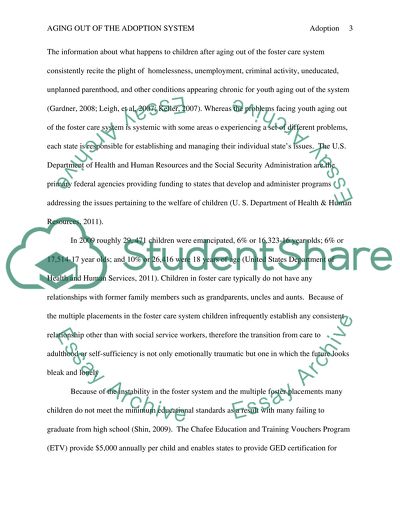Cite this document
(“Aging out of the adoption system in Massachusetts Research Paper”, n.d.)
Retrieved from https://studentshare.org/family-consumer-science/1413625-aging-out-of-the-adoption-system-in-massachusetts
Retrieved from https://studentshare.org/family-consumer-science/1413625-aging-out-of-the-adoption-system-in-massachusetts
(Aging Out of the Adoption System in Massachusetts Research Paper)
https://studentshare.org/family-consumer-science/1413625-aging-out-of-the-adoption-system-in-massachusetts.
https://studentshare.org/family-consumer-science/1413625-aging-out-of-the-adoption-system-in-massachusetts.
“Aging Out of the Adoption System in Massachusetts Research Paper”, n.d. https://studentshare.org/family-consumer-science/1413625-aging-out-of-the-adoption-system-in-massachusetts.


